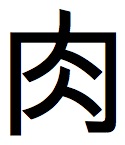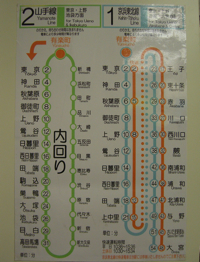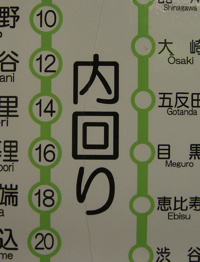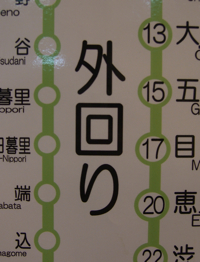My understanding of だろう and でしょう are tenuous at best. I remember being puzzled by these when I took my first Japanese class – an intensive summer class, which I would not recommend (slow down, everyone, you’re moving too fast).
Two encounters have shaped my understanding of these phrases. Today, encounter one.
I was up in Fukushima, I think during my first year as a JET, watching TV. There was a small variety show where a host was interviewing different celebrities who came out one by one. After the host asked a few questions about the kind of work they did, the audience had to guess the celebrity’s annual income. One of the people on the show was パックン – Patrick Harlan, a Harvard grad who parlayed English teaching into Japanese study into fame as a manzai comedian. I don’t remember exactly what the host said to Pakkun, but he responded with a highly suggestive でしょう, which got a lot of laughs. I immediately noted the tone of his phrasing and added it to my mental catalog of funny phrases to use.
It felt like he was confirming something, just as you would with ですね, but this something was overly obvious and a little silly. A phrase you could substitute it with is the equally laugh-inducing よく言われます – literally, and extremely awkwardly, “That is often said about me.” I guess the English equivalent would be, “That’s what they all say.”
The tone on でしょう here is important – it’s slightly inquisitive with the hint of a smile. Amirite? でしょう?






